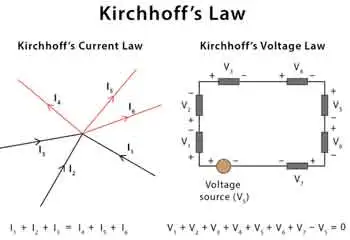Understanding Ground Electricity
By R.W. Hurst, Editor

Ground electricity underpins grounding and earthing practices, managing earth potential and fault current. It ensures equipotential bonding, surge protection, and safety compliance per IEC/NEC standards for power systems, electronics, and lightning protection.
What Is Ground Electricity?
Ground electricity is the earth reference and return path that stabilizes systems and safely carries fault current.
✅ Provides low-impedance fault current paths to trip protection
✅ Uses earth electrodes, bonding, and grounding conductors
✅ Reduces touch voltage, EMI, and lightning surge damage
Understanding Ground Electricity
Ground Electricity is a general term that is often used loosely to refer to “Bonding” (Safety Grounding) and “Earth Grounding”. Personnel of major industries have often misinterpreted grounding to mean that anything in contact with the earth is considered to be grounded. For foundational context, see our overview on how electricity works to understand why grounding concepts are sometimes conflated.
Electrical Grounding is the reference zero for the electrical system. When we talk about 120 Volts RMS, it represents 120 units above the zero electrical reference. In residential settings, this reference is commonly tied to service equipment, as explained in our guide to home electricity and typical distribution practices.
Electrical Grounding is the reference zero for the electrical system and all the equipment should be at this same equipment potential plane. Maintaining that equipotential plane is central to electricity safety because it minimizes touch voltage hazards.
According to accident reports, most electrical accidents occur when the earth is used as the safety grounding system (Bonding). These incidents underscore the broader dangers of electricity when protective paths are improperly designed.
Accident reports details the hazards of using earth as a safety grounding and the practice of electrical grounding the equipment through local grounds. (grounding each individual piece of equipment with a separate ground rod, driven into the earth). Improper local grounds can also complicate fault clearing during a system electrical fault, increasing damage and downtime.
The best method for ensuring the safety of personnel is to use a “Bonding Conductor”. This conductor should be continuous, with sufficient ampacity and the lowest impedance path back to the circuit interrupting devices, which insures positive operation of the protective devices. A robust bonding network ensures rapid clearing of a ground fault by providing a low-impedance return path for protective devices.
Once a system that connects all the metallic frames of electrical equipment together has been established, then the grounding system must be placed at “Zero Reference Potential”. The earth grounding electrode should have the lowest resistance value possible, preferably 5 ohms or less. Coordinating equipment bonding with proper transformer grounding helps maintain stable reference potential across the installation.
This low resistance to earth ground electricity will limit the potential of the electrical system to earth (limiting the stresses placed on components such as switches, insulators and transformers).
It will also reduce the effects of static charges on the electrical system and will protect against lightning strokes, lightning induced voltages, and minimizes the effects of transient over-voltages.
Visit Our Electrical Grounding and Bonding Course





_1497153600.webp)



